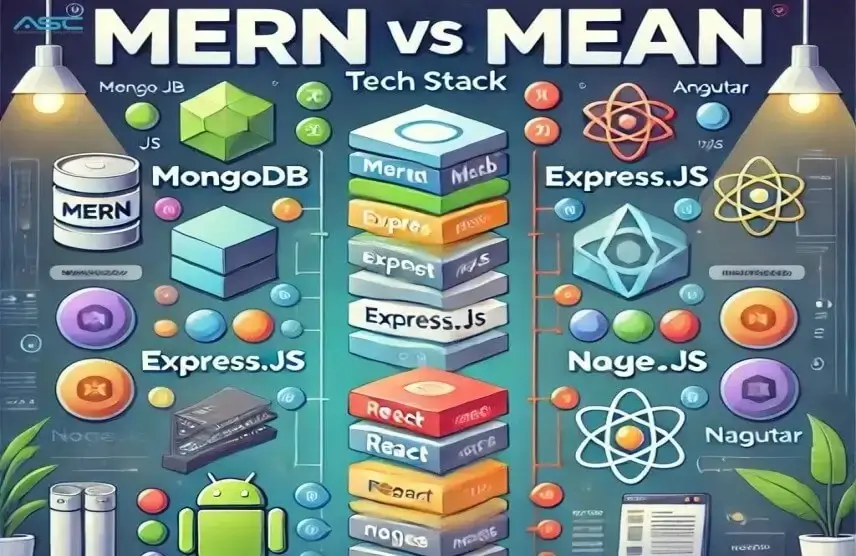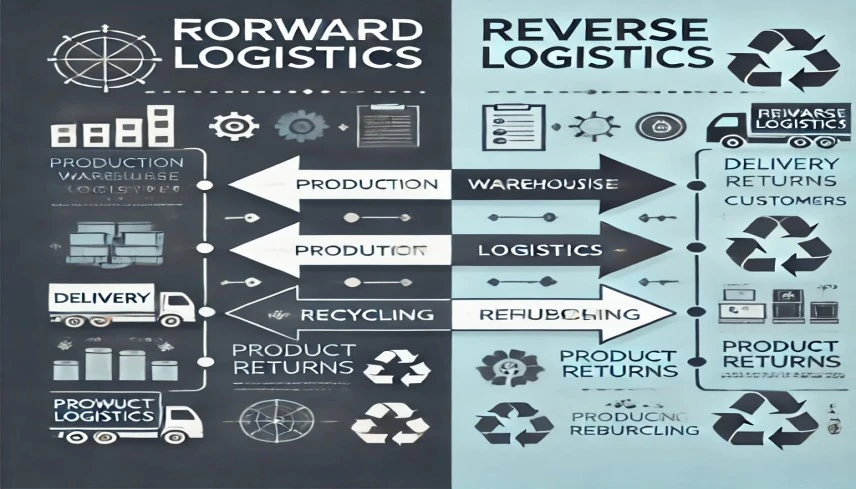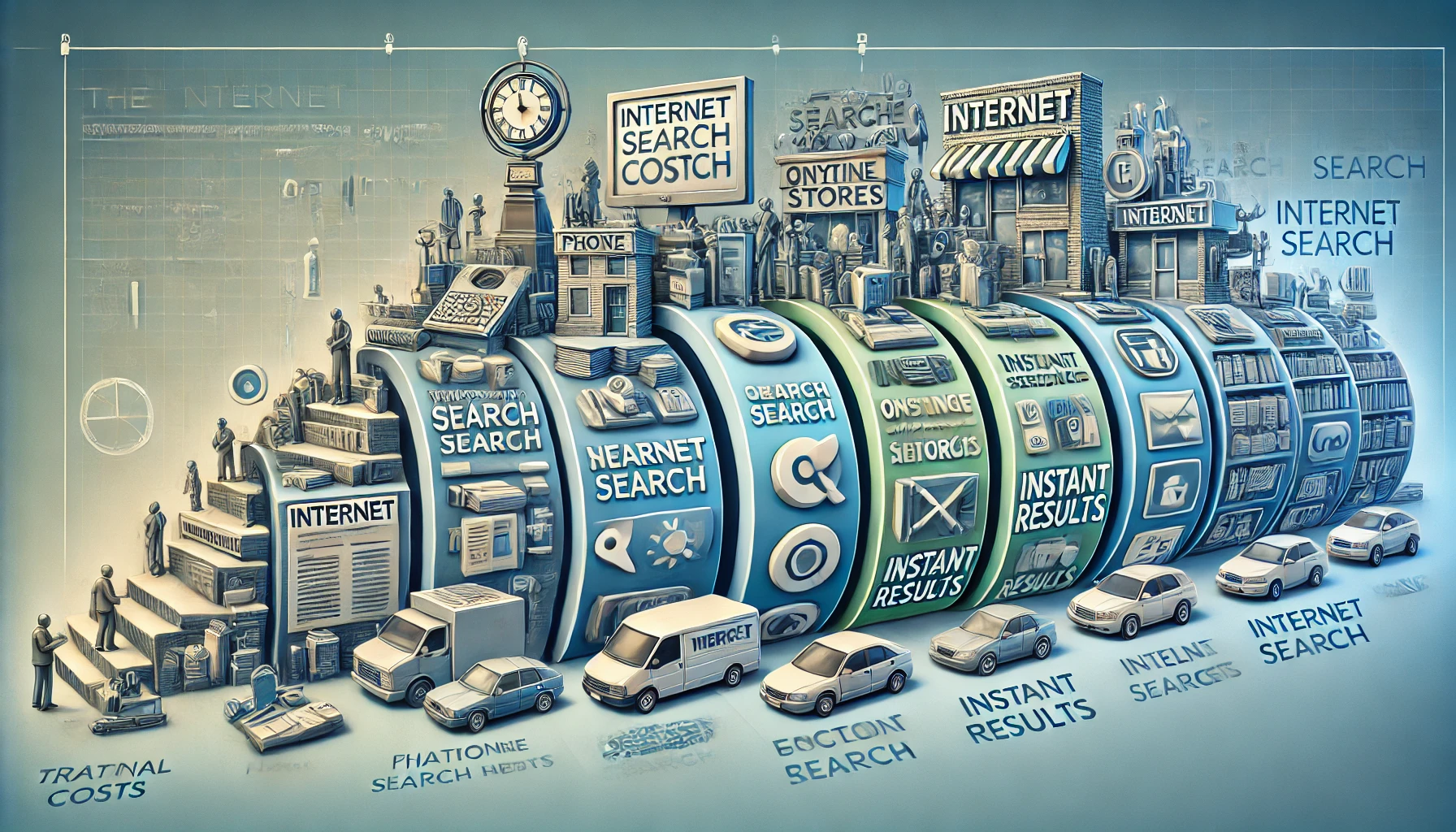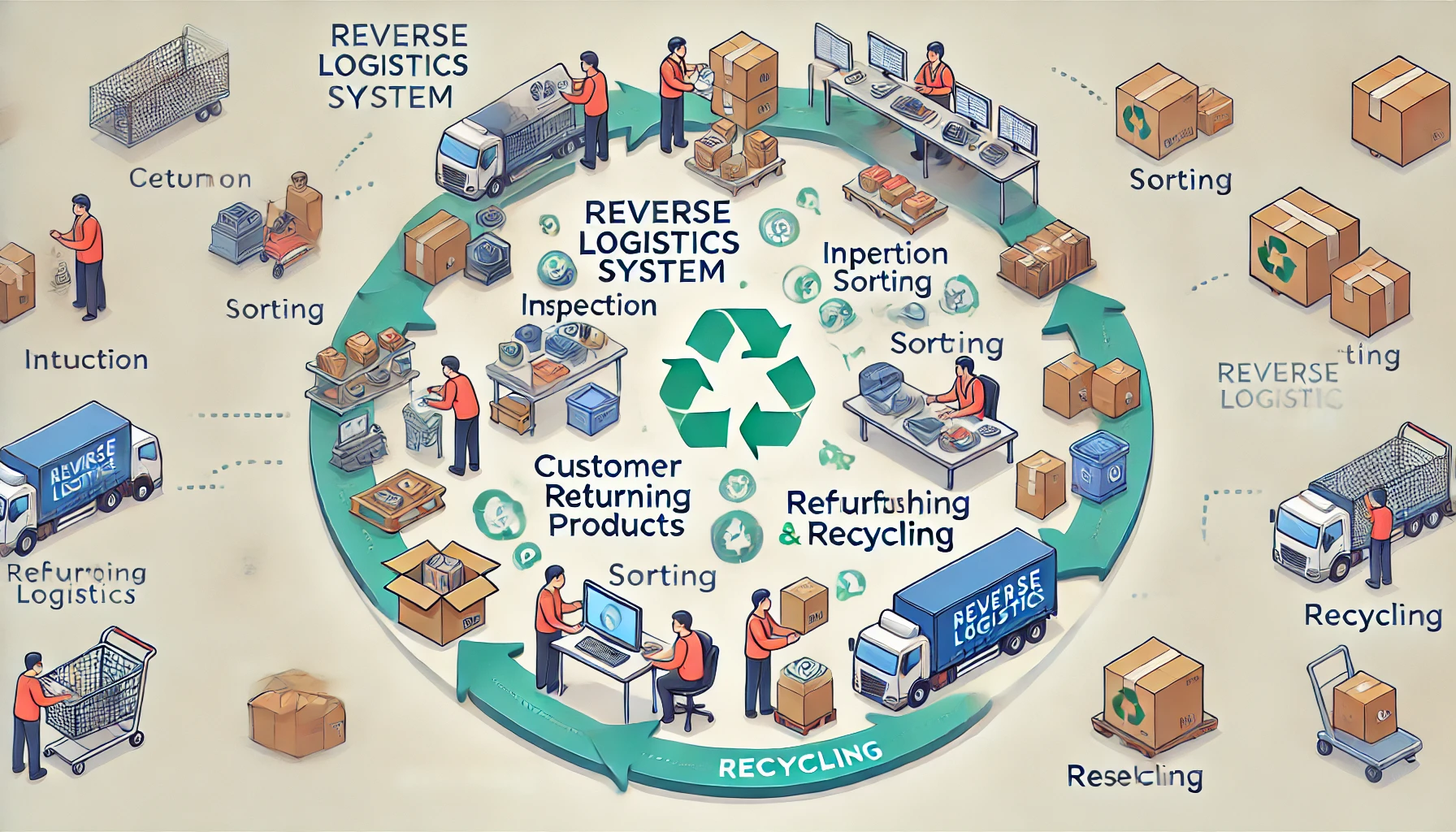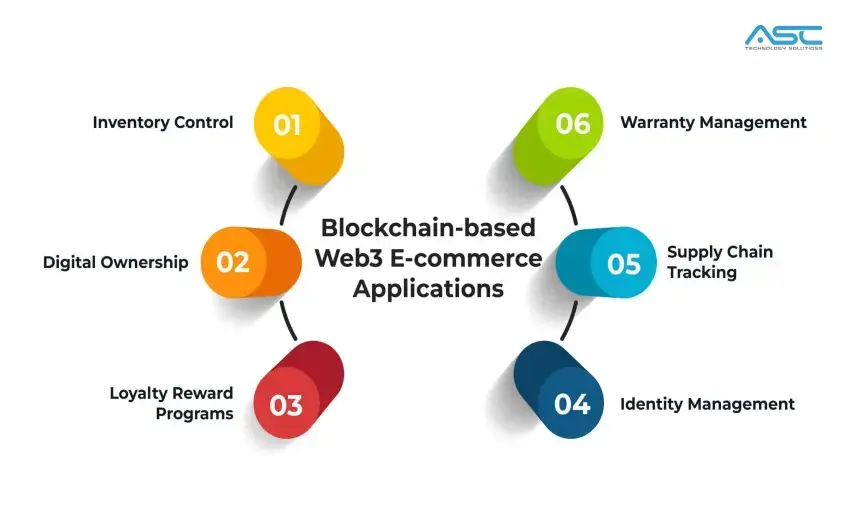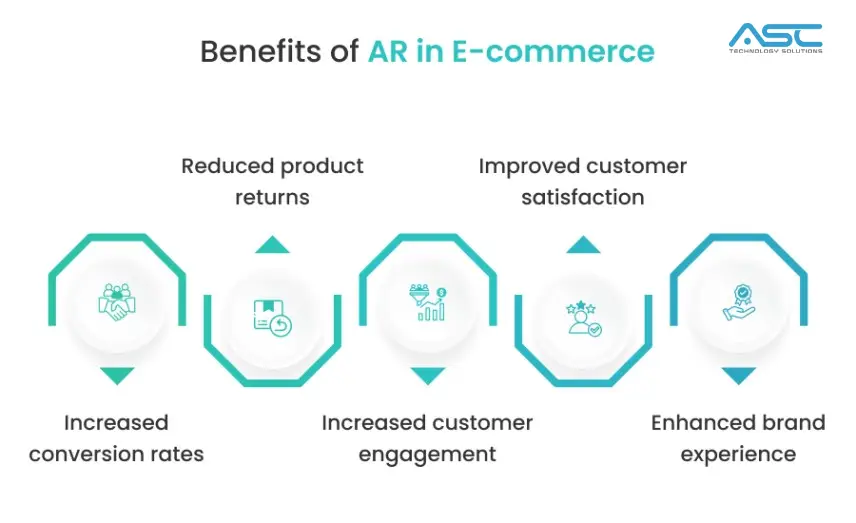Selecting the appropriate technology for your business website is one of the most critical aspects, and its implications could be severe for the company’s success, especially where the website is the primary sales hub of the business. In the present-day scenario, innumerable choices exist for web development, but the MERN stack vs MEAN stack debate is by far the most popular one. Both stacks are based on JavaScript; therefore, they are effective, flexible, and easy to develop. However, when it comes to choosing between them, the parameters that need to be considered include your business needs, the specifications of the project, and the characteristics presented by the two stacks.
This blog post will introduce both the MERN and MEAN stacks at their core and compare them to help you decide which one is better for your business website. This comparison will assist you in understanding which aspect to choose if you want to concentrate on a very engaging UI or if you are developing an application that will need to have maximum scalability.
Understanding the MERN Stack
The MERN stack consists of four technologies:
- MongoDB: A cloud-based NoSQL database for efficient and agile use and storage of data.
- Express.js: The backend web application framework to facilitate APIs.
- React.js: An interface description language for creating engaging user interfaces in the front end of applications.
- Node.js: A component for running JavaScript on the server side.
What makes the MERN stack stand out is that it is ideal for applications that should have an excellent User Interface (UI). The concept of React’s components allows developers to create more complex and responsive web apps using reusable elements. The MERN stack for small businesses is especially advantageous if you prioritise quick development cycles and engaging, interactive designs.
Understanding the MEAN Stack
The MEAN stack includes:
- MongoDB: A database particularly useful for storing application data using the NoSQL model.
- Express.js: A web application framework for the backend.
- Angular: A front-end framework designed for developing single-page applications.
- Node.js: A runtime environment for deploying a server-side scripting language known as JavaScript.
Angular is the unique component in the MEAN stack responsible for presenting the structure of the application while maintaining the ability to be altered depending on the project. Angular facilitates software development, particularly for complex applications with features such as two-way data binding and dependency injection. The MEAN stack for small businesses offers a structured framework, making it ideal for scaling applications as the business grows.
Key Differences Between MERN and MEAN
- Front-End Frameworks:
- MERN employs React.js which is a library that is specifically used for creating the interactive UI with increased flexibility for incorporation.
- MEAN employs Angular, which is a holistic framework tool stacked with requisites for building large applications.
- Learning Curve:
- React has a more approachable learning curve which means that any new developer is easier to be trained to be able to use it efficiently.
- Angular is reported to be easier to learn as compared to React because Angular is a full framework that is rigid in comparison with React.
- Use Case Suitability:
- MERN is most suitable for web applications that are interactive, and which need to display data in real-time, like a social app, a dashboard, or an online store. MERN stack for small business use is highly recommended for businesses focusing on UI/UX and real-time updates.
- MEAN is more applicable to applications that are designed for enterprise use due to the need for scalability, maintenance ease and structure of development. MEAN stack for small businesses provides the framework for robust enterprise-level solutions.
- Performance:
- With React in the MERN stack, one is guaranteed a virtual DOM that causes less rendering and offers better performance when dealing with complicated interfaces.
- Angular in the MEAN stack can be slightly slower than using other Angular techniques; it has a real DOM approach.
Which One Should You Choose for Your Business Website?
The choice between MERN and MEAN depends on the specific needs and goals of your business website:
– Choose MERN if:
- You need a website that is more engaging and graphic intensive.
- Your team appreciates non-opinionated and minimalistic frameworks such as React.
- The project must be developed quickly and updated often.
-Choose MEAN if:
- You are developing a multimillion-dollar application with a great deal of business and application logic involved.
- Your team is much more comfortable using an all-encompassing system with a rigid architecture such as Angular.
- Long-term scalability and maintainability are always the priority when it comes to automation.
Conclusion
MERN stack vs MEAN stacks are great technologies for creating contemporary web apps since both have distinct features that address various projects’ needs and requirements. While the MERN stack for small business can be regarded as a concentrated attempt to design flexible systems with a focus on their user base, the MEAN stack for small business shows itself to be an efficient solution for building large-scale enterprise apps.
When evaluating the MERN stack vs MEAN stack, think about the specific project needs, possible skills of the development team, and further perspective. So, choosing accordingly with these factors in mind, you can take full advantage of either the MERN stack for small business websites or the MEAN stack for small business applications to make an unforgettable website for your business.
